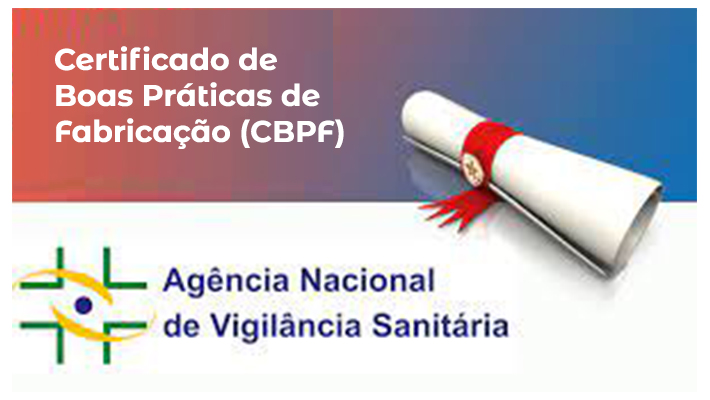The new standard on the Certification of Good Manufacturing Practices for medical devices comes into force
June 14, 2022
On June 1st, according to Anvisa, Directors’ Collegiate Resolution (RDC) 687/2022 came into force, which brings the new criteria for granting or renewing the Certification of Good Manufacturing Practices (CBPF) for medical devices. The new standard arrives to replace the previous RDC 183/2017.
Discussing the possible forms of certification of medical device manufacturers adopted by the Agency, the measure brings innovations such as simplifying the list of documents that must be presented to renew current certifications. In addition, the new resolution seeks to clarify the doubts often caused by the old standard, such as, for example, with regard to manufacturing plants that are subject to certification.
Another important innovation disclosed by the Agency concerns the risk matrix, used by Anvisa in the certification process, which aims to make the process more transparent and predictable for the productive sector. In the meantime, it is necessary to clarify that the risk matrix is a very important tool and, when applied together with the evaluation of the information contained in the petitions, results in the support of Anvisa’s decisions on certification requests.
What is the Good Manufacturing Practices Certificate (CBPF)?

The Good Manufacturing Practices Certificate (CBPF) is a document that Anvisa issues stating that a certain establishment complies with the CBPF rules. It is issued individually for each manufacturing unit according to the product risk classes for which the company was inspected.
The CBPF applies to companies that manufacture Medicines, Health Products, Cosmetics, Perfumes, Personal Hygiene Products, Sanitizing Products and Pharmaceutical Supplies. The infringement or disobedience of the Resolution that governs it makes up a sanitary infraction, in the form of Law No. 6,437/1977, making the violator subject to the penalties foreseen by law.
The certificate is valid for two years, counting from the date of its publication in the Official Federal Gazette. But, despite the obligation of these companies subject to health surveillance to comply with Good Practices, it is not mandatory for companies to have a Certificate of Good Practices in order to operate.
How does ranking work?

The classification can be “Satisfactory” for the institution that complies with the requirements of Good Practices or “Unsatisfactory” for the one that does not. In addition to these, there is still the “In Demand” classification, which is when non-conformities of low criticality are detected during the inspection.
In this case, the institution has up to 120 days, counted from the date of its knowledge, to comply with the requirements. Failure to comply within the deadline will result in the rejection of the Certification petitions by Anvisa.
To consult companies with a Certificate of Good Manufacturing Practices, click on the following category: Medicines or Pharmaceutical inputs. Click here to check the commented version of RDC 687/2022. Also check the matrix for Risk Assessment of Extrazone Foreign Company used by Anvisa.
For other news like this, visit our news section and follow the news.


